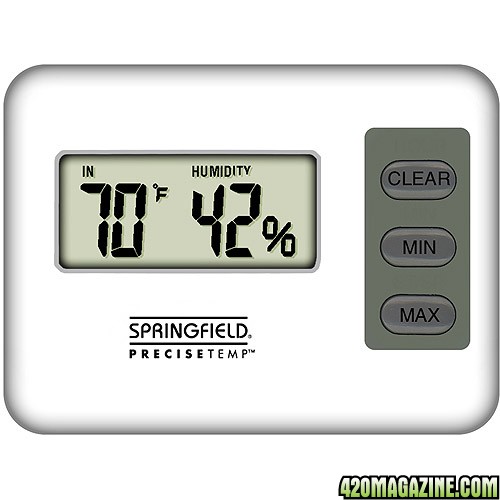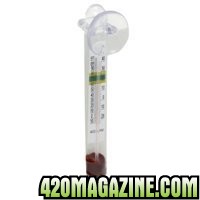FarmerKrinkle
New Member
What should they be?
How To Use Progressive Web App aka PWA On 420 Magazine Forum
Note: This feature may not be available in some browsers.


I'd say that it's probly a constant 85 degrees in there no idea what the humidity is but I do have a humidifier. I am using LEDs to grow 450w equivalent so I don't have to worry about lamp heat either. And my plants are not doing good I had them outside in a shed probly with 110+ temps and close to no humidity (was still growing and fast) then I move it inside cause i thought it was too hot. Now they look wilted and not as good as they did before and I didn't change anything else. Would the dirastic temp change have killed them?